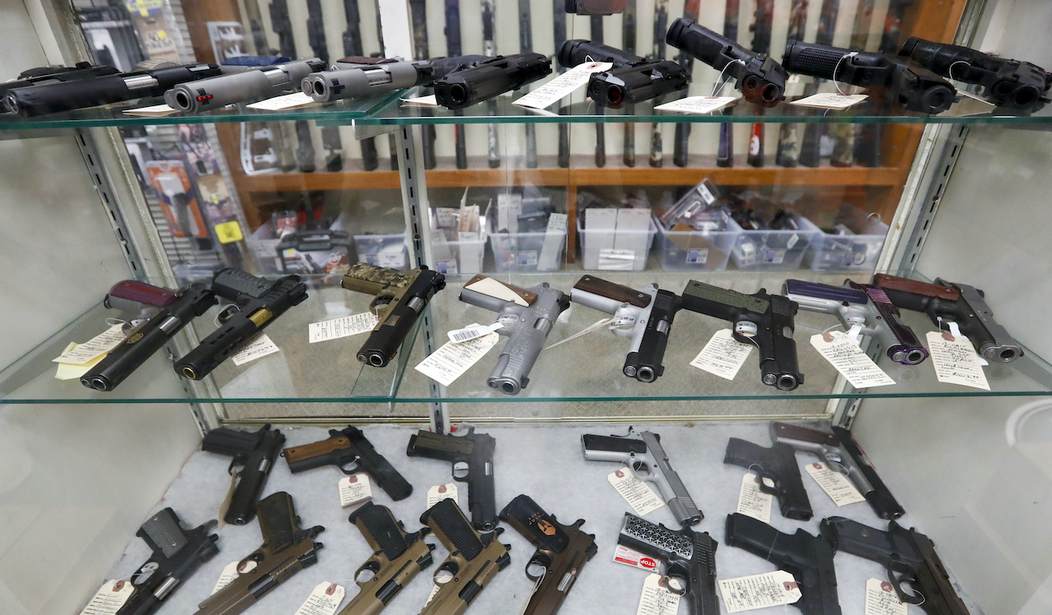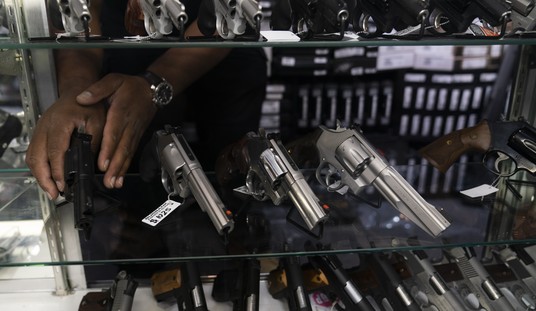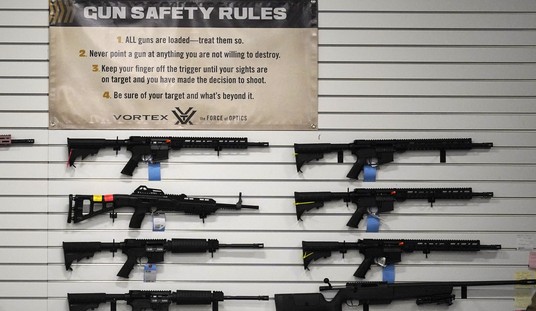President Joe Biden announced his new “ghost gun” regulations then a day later, a shooting on a New York subway platform raised the stakes.
We all knew what would happen. Some would immediately try to use the shooting to advance their anti-gun agenda, despite little information being available, and that happened.
Now that we know more, though, some are trying to use this to bolster Biden’s anti-homemade firearms narrative.
If the Biden administration was looking for timely affirmation for its new effort to ban untraceable ghost guns, the case against accused New York subway attacker Frank James may stand apart.
Among the crucial pieces of evidence allegedly tying James to Tuesday’s stunning attack is the 9 mm handgun recovered at the scene, bearing a serial number that linked the 62-year-old suspect to a 2011 purchase in Ohio.
The gun trace, authorities said, helped elevate James from a “person of interest” to the prime suspect in the attack in which 10 of the 23 injured suffered gunshot wounds. James was arrested following a sprawling manhunt and ordered detained Thursday pending trial on a charge involving a terrorist assault on the mass transit system.
…
“Here is the perfect example for why this (ghost gun) rule was needed,” said David Chipman, the Biden administration’s first nominee to head the Bureau of Alcohol Tobacco Firearms and Explosives. “I think you would be hard-pressed to find an argument against a (serial number) requirement based on what happened in New York.”
Except, what happened in New York was the exception, not the rule.
In a 2019 survey, the Department of Justice found just 10 percent of all criminals bought their guns via a retail outlet. Another 0.8 percent from a gun show–whether it was from an individual who they just encountered at a gun show or from a vendor with a booth here is unclear. That means just 11 percent of all firearms used in crimes are in possession of the person who bought them.
At most.
Those are the only people who can be linked to the gun via tracing.
The same survey found that most criminals obtain their firearms illegally, either through theft or via the black market. Tracing won’t actually help there.
It should be noted that “ghost guns” don’t appear anywhere on the survey. Why? Well, probably because criminals aren’t known for their work ethic. They don’t want to spend the time building a gun when they can buy one off the streets from one of their buddies.
As we’ve mentioned before, the actual numbers don’t support the idea that these homemade firearms are actually that big of a threat, accounting for just 0.36 percent of all homicides since 2016.
But what about this case? Didn’t they trace the gun to the bad guy?
Sure. But they also had a credit card and a rental truck that had been abandoned linked to him, all of which could have been sufficient to kick off an investigation.
The reason I mentioned how few of these guns used in violent crime can really be traced to the offender is that the police are kind of used to solving crimes without it. They don’t have it much of the time and they make arrests as it is.
What’s more, Chipman knows this. He just elected to pretend otherwise because his political hackery knows no bounds.
What’s happening here is a case of finding a narrative to support anything you want. This happens to be high-profile, but if it wasn’t the case, we’d start hearing about every other case that tracing helps while hearing nothing about how tracing was useless in the other 90 percent of cases.
Kind of like how every “ghost gun” used in a crime gets a mention so that it’s prominent, while most of the time, nothing is said about the criminal’s firearm.
And the truth is, someone will always find a way around whatever regulations you put in place anyway, and that’s not likely to change anytime soon.
All in all, you’ve got a rare case of something being beneficial that shouldn’t bolster anything, but will because the media doesn’t understand the reality surrounding guns.







Join the conversation as a VIP Member